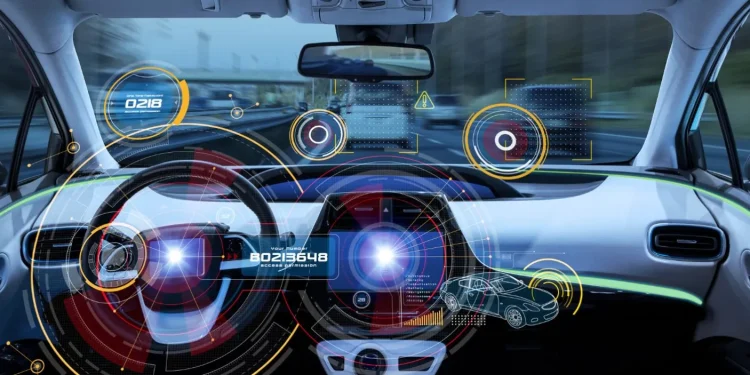Imagine a world where your car not only alerts you about existing issues but also predicts and prevents potential breakdowns before they occur. This is the promise of predictive maintenance powered by Artificial Intelligence (AI), a transformative approach that’s reshaping vehicle management and maintenance.
What is Predictive Maintenance?
Predictive maintenance utilizes real-time data, machine learning algorithms, and sensor technology to anticipate vehicle component failures before they happen. By continuously monitoring various parameters, AI systems can detect anomalies and forecast potential issues, allowing for timely interventions.
How Does It Work?
- Data Collection: Modern vehicles are equipped with numerous sensors that gather data on engine performance, tire pressure, brake conditions, and more.
- Data Analysis: AI algorithms process this data to identify patterns and deviations from normal operating conditions.
- Predictive Alerts: When potential issues are detected, the system alerts the driver or fleet manager, enabling proactive maintenance actions.
Benefits of AI-Driven Predictive Maintenance
- Cost Savings: Addressing issues before they escalate can significantly reduce repair costs. For instance, predictive maintenance can lead to a 5%–10% reduction in maintenance expenses.
- Enhanced Safety: Early detection of potential failures ensures vehicles remain in optimal condition, reducing the risk of accidents.
- Increased Vehicle Availability: Minimizing unexpected breakdowns leads to improved vehicle uptime. Studies have shown a 10%–30% increase in asset availability with predictive maintenance strategies.
- Operational Efficiency: Fleet managers can better plan maintenance schedules, leading to streamlined operations and reduced downtime.
Real-World Applications
Companies like Amazon have integrated AI-powered vehicle inspection technologies into their delivery fleets. These systems employ high-resolution cameras and AI to scan vehicle components, identifying maintenance needs swiftly and accurately. Such implementations have reduced inspection times from five minutes to just one, enhancing operational efficiency.
Challenges to Consider
While the advantages are compelling, there are challenges to widespread adoption:
- Data Privacy and Security: Ensuring that the vast amounts of data collected are securely stored and handled is paramount.
- Integration with Existing Systems: Seamlessly incorporating predictive maintenance tools with current vehicle systems can be complex.
- Initial Investment: The upfront costs for implementing such technologies can be substantial, though they may be offset by long-term savings.
The Road Ahead
The automotive industry’s predictive maintenance market is on an upward trajectory, projected to reach $16.75 billion by 2030. This growth is driven by the integration of AI and Internet of Things (IoT) technologies, enabling a more data-driven approach to vehicle maintenance.
As AI continues to evolve, its role in predictive maintenance will become increasingly integral, offering both individual vehicle owners and fleet operators a proactive approach to vehicle care.
References:
- Intangles: Boost Vehicle Reliability with Predictive Maintenance
- Amazon’s AI-Powered Van Inspections
- XenonStack: How AI is Revolutionizing Predictive Maintenance for Vehicles





